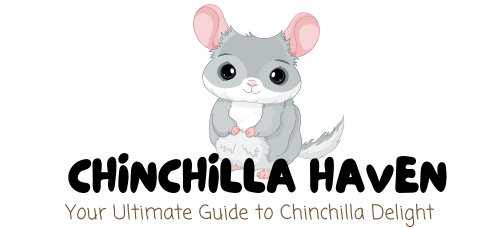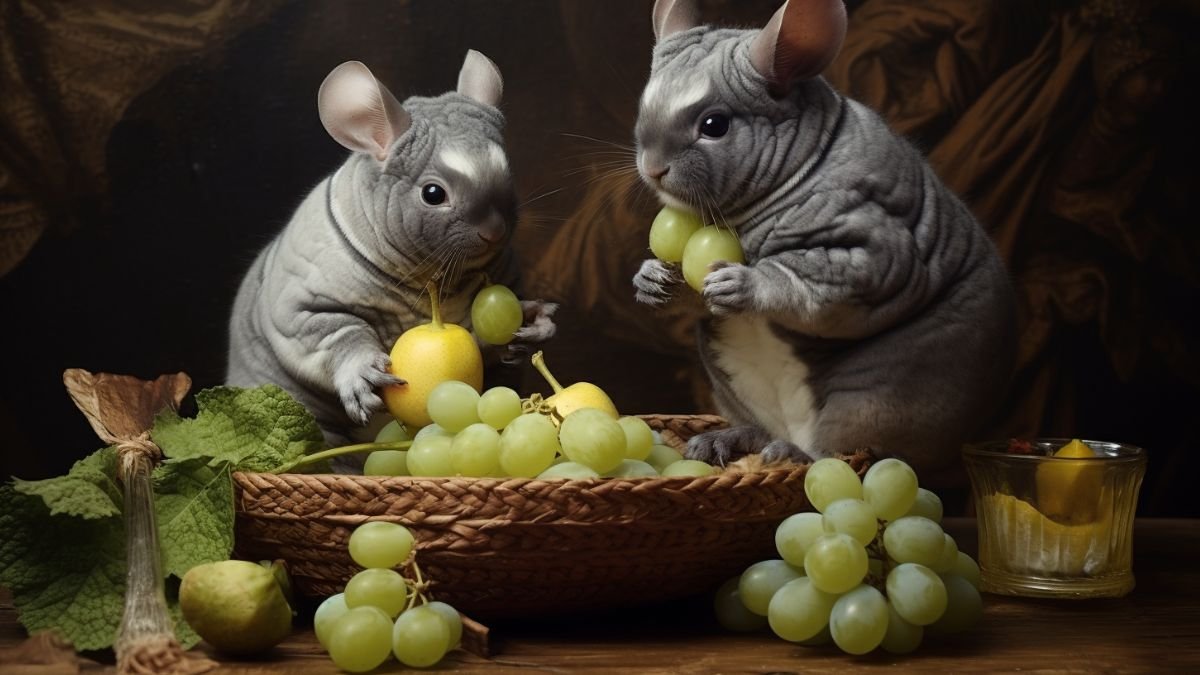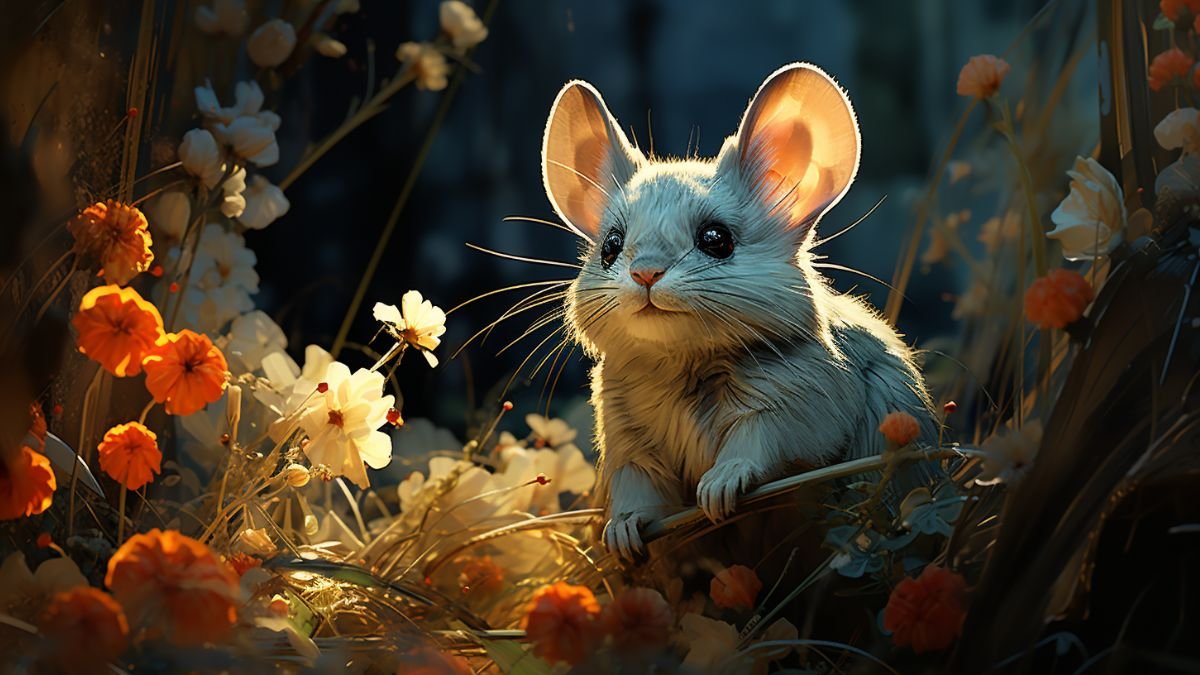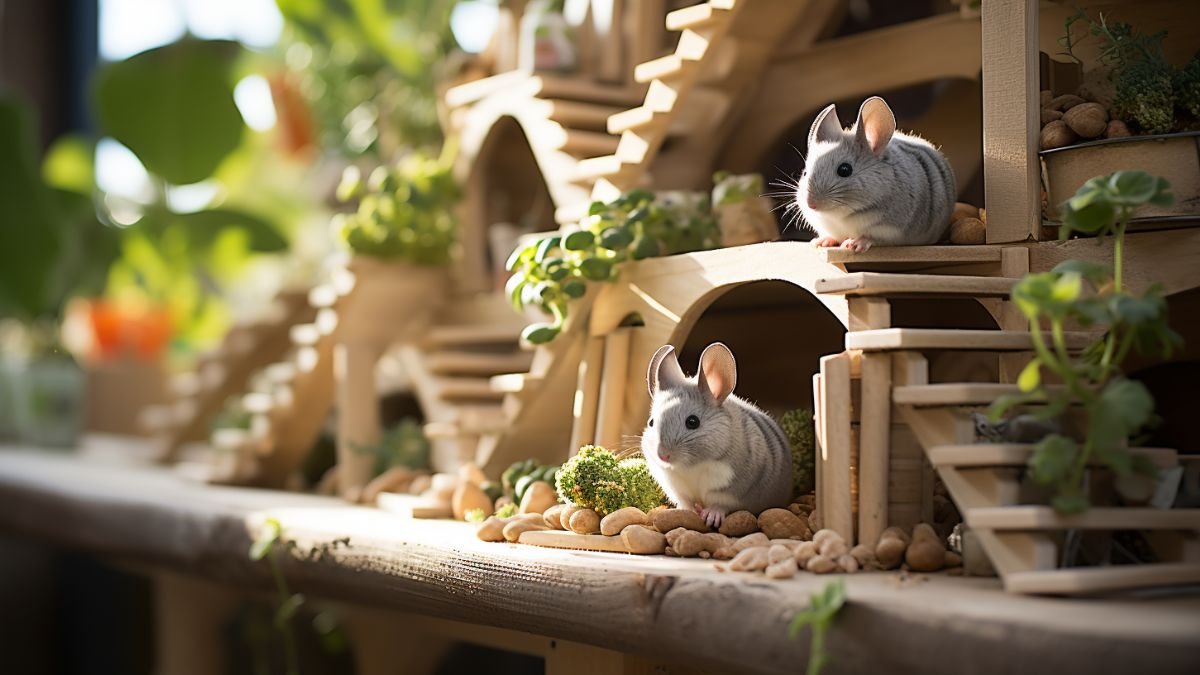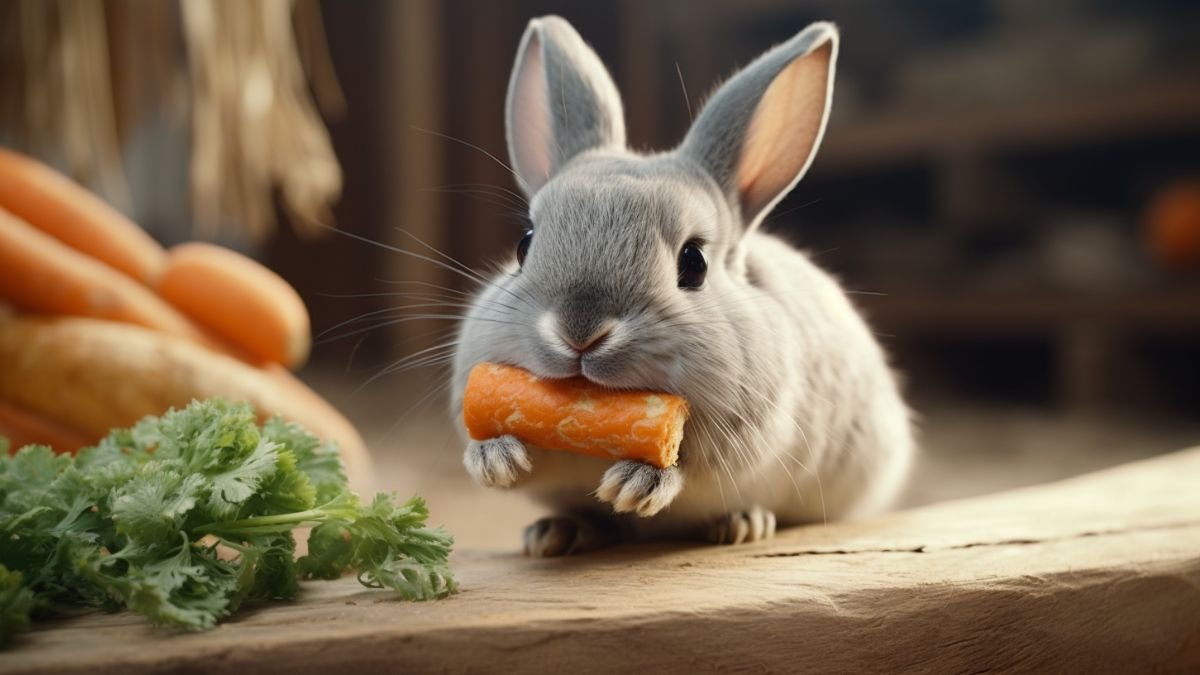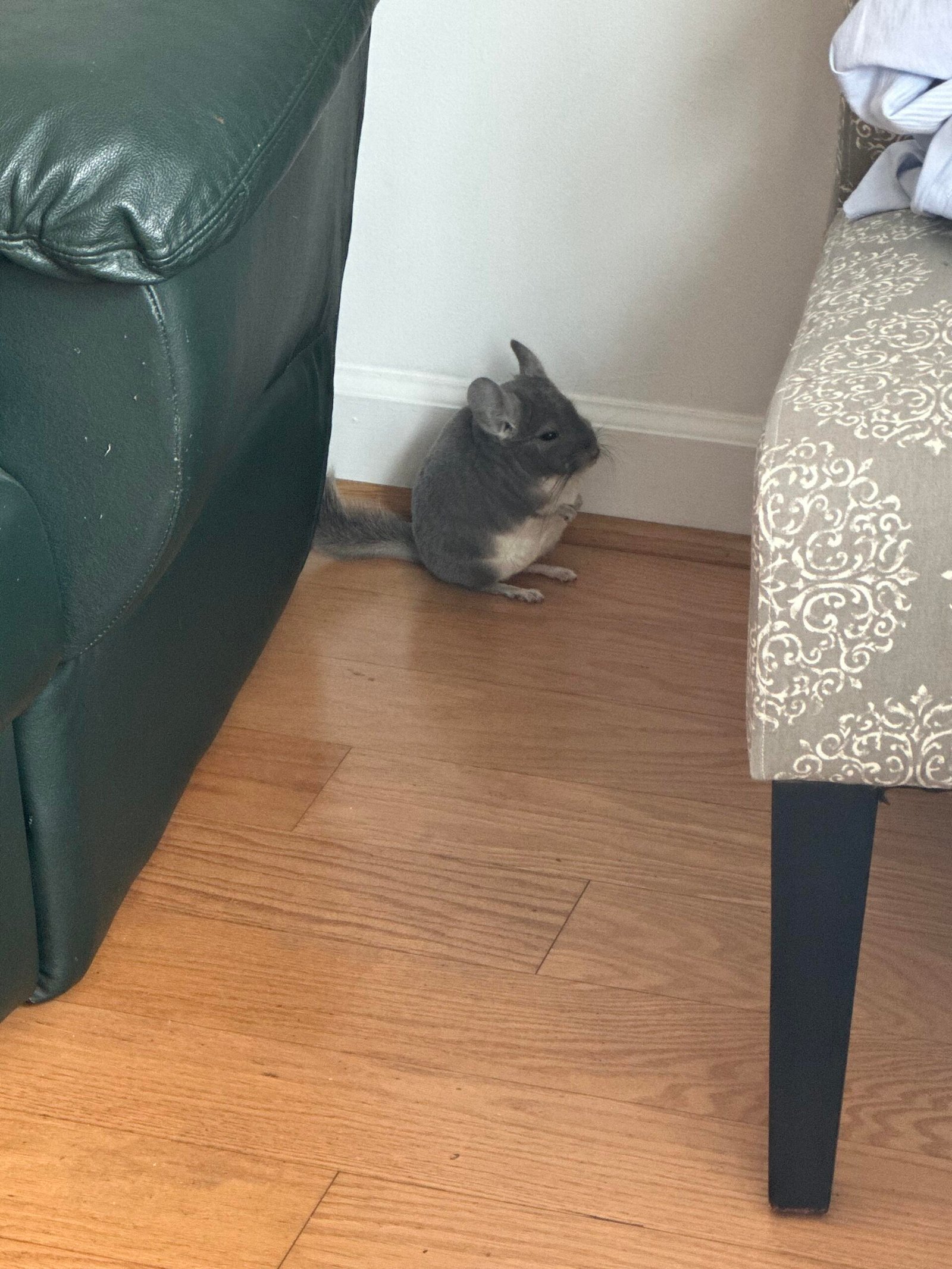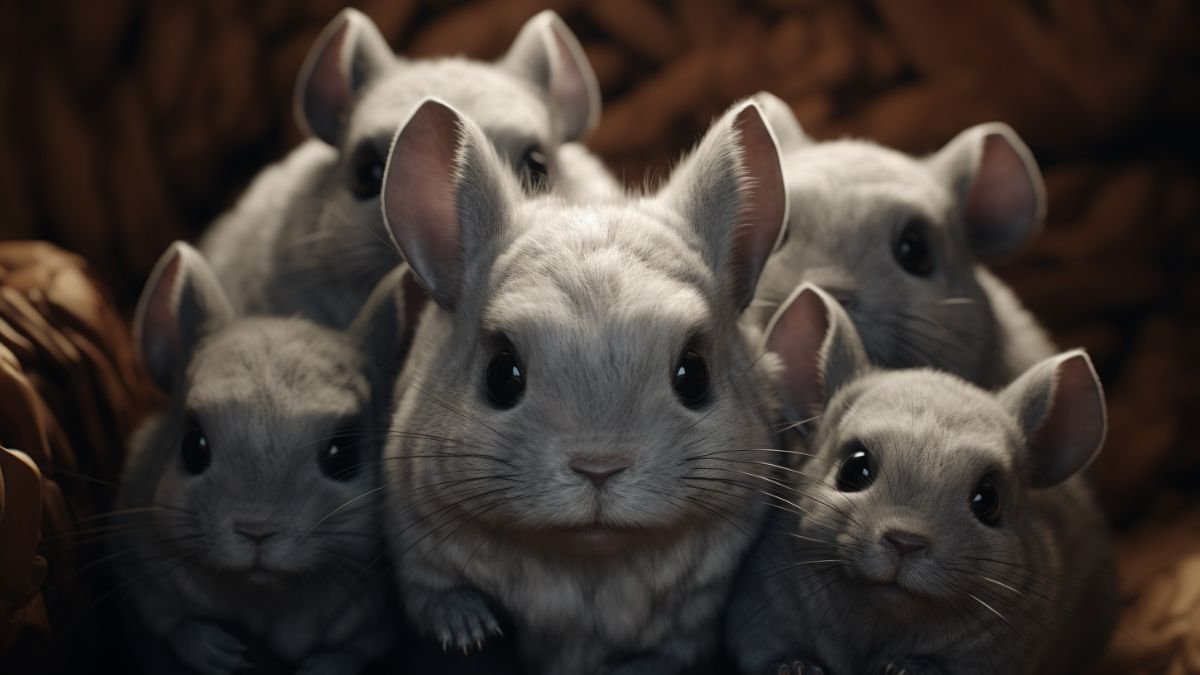
Chinchillas are known for their long lifespans — often living 10 to 15 years with proper care. As they age, however, their metabolism slows, their teeth wear differently, and their digestion becomes more delicate. A chinchilla’s diet that worked perfectly at age 2 may no longer meet the needs of a 10-year-old.
Transitioning an aging chinchilla’s diet requires a gentle balance: maintaining the high fiber content they need while ensuring easy digestibility, consistent hydration, and proper vitamin intake. In this guide, we’ll explore how to gradually shift your senior chinchilla’s diet to support joint health, digestive comfort, and longevity.
Recognizing the Signs of Aging in Chinchillas
Before adjusting the diet, it’s important to identify whether your chinchilla is entering its senior stage. Common signs include:
- Slight weight loss or muscle thinning
- Reduced activity and shorter play sessions
- Softer or less frequent droppings
- Overgrown teeth or selective eating
- More frequent resting and sleeping
- Slight cloudiness in the eyes or duller fur
If your chinchilla shows multiple signs, it’s time to re-evaluate diet, environment, and enrichment to support aging health.
Why Diet Matters More as Chinchillas Age
Older chinchillas have slower metabolism, reduced digestive efficiency, and sometimes decreased appetite. Nutrient absorption — especially calcium, fiber, and vitamin D — can drop over time. Maintaining a proper balance helps prevent:
- Dental disease (common in aging chinchillas)
- Gastrointestinal stasis (slow digestion)
- Weight loss or obesity
- Liver or kidney strain from excessive fat or protein
The goal is not to completely change the diet but to fine-tune portions, variety, and texture for easier chewing and digestion.
For veterinary insight, refer to Merck Veterinary Manual – Chinchilla Nutrition and University of California Davis – Exotic Animal Nutrition Resources.
1. Gradually Adjust the Ratio of Hay and Pellets
Hay should always remain the foundation of your chinchilla’s diet. However, the type and texture of hay may need slight changes as your pet ages.
Hay Guidelines for Senior Chinchillas
- Stick to high-fiber grass hay such as timothy or orchard grass.
- Avoid alfalfa hay unless the chinchilla is underweight — it’s too rich in calcium and protein for older adults.
- If your senior struggles with coarse hay, switch to softer, leafy blends.
- Offer smaller strands or compressed hay cubes for easier chewing.
Try safe options like:
Learn more about hay selection in chinchilla hay top picks.
Transitioning the Pellet Portion
Older chinchillas may eat fewer pellets as they slow down. Instead of forcing full portions, offer ½ tablespoon less per day and replace that with more hay.
Opt for nutrient-rich, high-fiber brands like:
Avoid mixes with dried fruits or nuts, which add unnecessary sugar and fat.
2. Introduce Senior-Friendly Chew Options
Older chinchillas may find it harder to chew dense wood blocks or large pumice stones. Choose smaller, gentler options that still promote dental wear.
Try:
You can also visit how to recognize early dental disease in chinchillas for deeper insight into dental maintenance.
3. Prioritize Digestive Health
Senior chinchillas often develop sluggish digestion due to slower gut motility. Supporting gut bacteria and fiber balance is key.
Digestive Support Tips
- Feed consistent hay variety for stable gut flora.
- Avoid sudden food changes — transition slowly over 2–3 weeks.
- Offer small amounts of probiotics or digestive supplements formulated for small herbivores.
Recommended products:
For deeper reading, check PubMed: Gut Microbiota of Chinchillas for scientific understanding of their digestion.
4. Adjust Treats and Snacks
Senior chinchillas often gain or lose weight more easily depending on metabolism. Treats should be adjusted accordingly.
If your chinchilla is gaining weight:
- Limit treats to once every 2–3 days.
- Stick to low-sugar options like rose hips or timothy hay-based treats.
If your chinchilla is losing weight:
- Add calorie-dense, fiber-rich treats in moderation such as rolled oats, dandelion roots, or dried herbs.
- Try Oxbow Simple Rewards Timothy Treats for healthy reinforcement.
5. Focus on Hydration and Mineral Balance
As chinchillas age, dehydration becomes a bigger risk. Always keep fresh, filtered water available in a leak-proof bottle. Avoid tap water if it’s heavily chlorinated or mineralized.
Recommended bottles:
If your chinchilla drinks less, offer wet hay (slightly misted) or small amounts of water-dampened pellets.
6. Safe Supplements for Senior Chinchillas
Older chinchillas can benefit from light supplementation — but only those formulated for herbivores.
Digestive Aids
- Oxbow Digestive Support Tabs improve gut flora and nutrient absorption.
Joint Support
- Small doses of glucosamine-based support can help aging joints stay mobile. Try Sherwood Pet Health Joint Support Powder.
Vitamin D and Calcium Balance
If your chinchilla lives indoors year-round, a minor vitamin D supplement helps calcium absorption. Discuss with your vet before adding any liquid vitamin supplements to water bottles.
You can learn more at Cornell College of Veterinary Medicine – Small Animal Nutrition.
Top 5 Products for Aging Chinchilla Nutrition and Support
| Rank | Product | Description | Amazon Link |
|---|---|---|---|
| 1 | Oxbow Western Timothy Hay | High-fiber, soft hay perfect for senior chinchillas’ digestion and dental wear. | View on Amazon |
| 2 | Science Selective Chinchilla Food | Gentle, high-fiber pellets designed for older or sensitive chinchillas. | View on Amazon |
| 3 | Oxbow Digestive Support Tabs | Probiotic fiber tablets to improve gut flora and prevent constipation. | View on Amazon |
| 4 | Sherwood Joint Support Powder | Glucosamine-based support for older chinchillas’ mobility and joints. | View on Amazon |
| 5 | Lixit Glass Water Bottle | Durable, leak-proof, and chew-resistant hydration solution. | View on Amazon |
7. Monitor Weight and Appetite Weekly
Weigh your chinchilla once a week using a digital pet scale. Even a 5% loss in body weight can indicate a problem.
If appetite declines, soften pellets slightly with warm water for easier chewing. Always consult a vet if the loss persists longer than a few days.
8. Transition Schedule Example
Transitioning should take place gradually to avoid upsetting the digestive system.
Week 1–2:
Mix 75% old pellets with 25% new pellets. Keep hay variety consistent.
Week 3–4:
Shift to 50/50 ratio of old and new pellets. Introduce softer hay or hay cubes.
Week 5–6:
Feed 75% new pellets and new hay type. Begin introducing supplements or probiotics every other day.
Week 7 onward:
Feed fully transitioned diet. Continue consistent hay supply and hydration checks.
Common Mistakes to Avoid During Diet Transition
- Changing too many foods at once – always introduce one change per week.
- Feeding too many treats – can spike blood sugar and cause digestive issues.
- Skipping hay time – always offer hay before pellets or treats.
- Adding supplements without vet input – some vitamins may overlap with existing nutrition.
- Using human or cat probiotics – these strains differ from herbivore-specific bacteria.
When to Contact a Vet
Consult your exotic veterinarian if your senior chinchilla:
- Refuses hay or pellets for more than 24 hours
- Has diarrhea or bloating
- Shows overgrown or misaligned teeth
- Loses weight rapidly
- Appears lethargic or dehydrated
Regular checkups every six months are ideal for chinchillas over age 8.
For expert chinchilla care, see VCA Animal Hospitals – Geriatric Small Mammal Care.
FAQ: Senior Chinchilla Diet and Care
1. What age is considered senior for chinchillas?
Around 8 years old, though some slow down sooner.
2. Should I switch my older chinchilla to alfalfa hay?
Only if it’s underweight or your vet recommends it — alfalfa is too rich for most seniors.
3. How do I keep my older chinchilla eating enough?
Offer soft hay, smaller pellets, and maintain routine. Encourage appetite with occasional herbal treats.
4. Can I give supplements daily?
Yes, but only small portions. Always check with a vet before adding vitamin or joint powders.
5. Do senior chinchillas need different cage setups?
Lower shelves and ramps help mobility. Combine diet care with a safer, senior-friendly environment.
Key Takeaways
- Transition slowly — 6 to 8 weeks is ideal for dietary adjustments.
- Focus on high-fiber hay, moderate pellets, and safe, targeted supplements.
- Keep hydration constant and monitor weight weekly.
- Avoid sugary treats or sudden changes.
- Schedule vet visits twice a year for senior health tracking.
CTA: Essentials for Senior Chinchilla Diet Care
Keep your senior chinchilla thriving with these essentials:
- Oxbow Western Timothy Hay for daily fiber.
- Science Selective Chinchilla Food for balanced nutrition.
- Oxbow Digestive Support Tabs for gentle gut health.
- Sherwood Joint Support Powder for mobility.
- Lixit Glass Water Bottle to keep hydration reliable.
Author:
Written by Chinchilla Haven
Dedicated to helping chinchilla owners raise healthy, happy pets through expert care, research-backed nutrition, and trusted product reviews.
